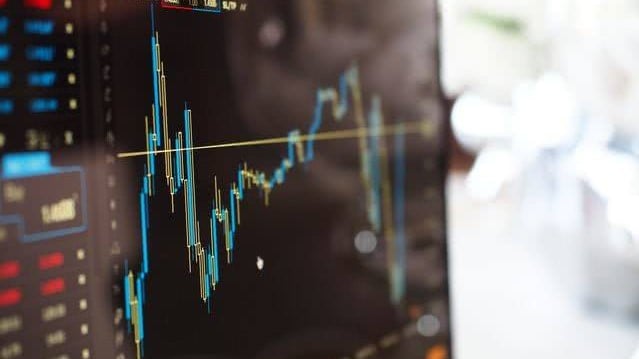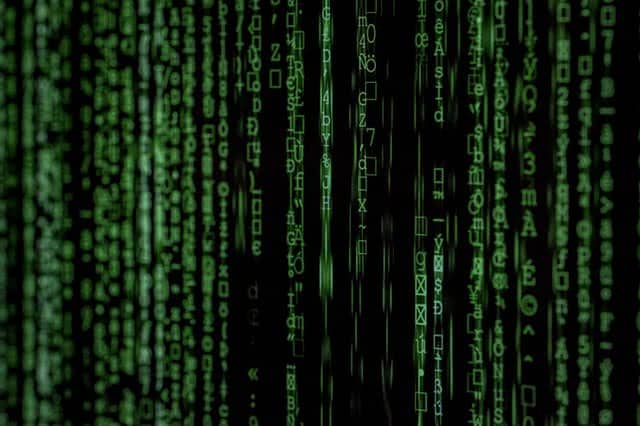Analog
Analog is defined as relating to using singles or information by a mean variable and physical quantity like voltage, spital position etc. Analog signals have the discrete time or two alternative frameworks within which to model variable that over time. For example, Analog signals have an audio signal it is represented as sound typically as an electronic voltage for the analog signal and a binary number of the digital signal. Analog differs from the digital signal.
Analog singles
Singles are pass-through between a device and in order to send and receive the information. It might be video and audio or some encoded data. Frequently the signals can pass through wires. But could not pass the signal through air and radio frequency waves. Data signals can transmit through the air between and wifi router.

Digital Signal Processing
Digital signal processing is used for digital processing. It has information theory and information systems and a number of letters are commonly used in processing. Digital signal processing is widely used for different signal processing operations. The single process in the presence of a variable domain such as time, frequency or space.
Digital signals
Digital signals should have a set of possible values. The different number of values can be set anywhere between one and two and the very large number that is infinity. Most generally the digital signal will be one of the two values such as 0V or 5V. The timing graphs look like square waves. The digital signal may be discrete and it defines an angle waveform. The wave function might be smooth and analog, but when we look closely there is a discrete tiny step as singles an approximate value.
Related: Importance of Data Processing Tools and Softwares, data processing
Comparison of Analog Signal and Digital Signal
Analog Signal
- Analog signal is a continuous signal which defines physical measurements.
- Analog signal waves donated sin waves.
- Analog signal representation needs to maintain the rage of value to represent the information.
- Analog signal technology records the waveform as it is.
- It transmits the subjects during the data transmission and writes or read cycle.
- In analog signal it gets affected since the response to the noise then it reduces the accuracy
- Analog hardware is not flexible.
- It is used only in analog device. It is suited for audio and video transmission.
- Analog is done in a real-time process. It consumes less bandwidth.
- Analog elements have a scale at the lower end. And it gives an observational error.
- The analog application is a thermometer.
- It is stored in the form of a wave signal.
- Analog elements drape a large power.
- Analog has low cost and portable.
- It impedance is low.
- Analog waves are smooth and continuous.
- Example: Analog electronic device and human voice in air.
Digital Signal
- Digital signal is a discrete time signal which defines as digital modulation.
- Digital signal waves donated by square waves.
- Digital signal represent need to maintain a discontinues values to represent information.
- Digital signal records an analog waveform limited in to set of number and record them.
- It transmits without noise immune during transmission and writes or read cycle.
- In a digital signal, it gets affected in less since noise response is analog in nature.
- Digital hardware is convenient for implementation.
- Digital signal is fitted for computing and digital electronics.
- In digital signal processing there no guarantee the process is done in real time and it consumes more bandwidth.
- Digital signal observed a free error such as parallax and approximation errors.
- Digital signal application is PC, and PDA
- Memory is stored in a binary bit.
- Digital signal draws only negligible power.
- It cost is high and it cannot be easily portable.
- Digital impedance is in high order.
- Digital signals are square and discrete.
- Example: computers, digital electronics, CD, DVD.
Properties of Analog and Digital data processing
- Synchronization: Digital synchronization needs particular synchronization sequence for determining synchronization.
- Language: Digital communication needs a language which it should be known to be sender and receiver and it should have a particular meaning of symbol sequence.
- Errors: Disorder in analog communication cause error. But disorder in digital communication does not cause an error. Errors have the ability to insert, exceptional or delete symbol to be expressed.
- Copying: In analog communication copying the data not as bad as original and it is not of high quality. In digital communication copying, the data is indefinite.
- Granularity: In analog have the continuous variable analog value defined as a digital form if not it occurs an error. In digital communication, it forms an actual value and digital representation. This is called as granularity.

Related: Information Processing Cycle, Data Processing Cycle
Analog versus Digital data processing
Analog: The signal processing interferes in different application such as communication system, control system, biomedical signal processing. This can be implemented in two ways
- Analog time method
- Digital time method
Analog signal processing uses analog circuit elements like resistor, capacitors, diodes, transistors etc. Analog signals depend on the natural ability to solve differential equations to define a physical system.
Digital data processing: Nowadays, digital signal processing has become a dominate analog signal. In digital signal processing has numerical calculations. Sometimes this method may not give the results. The digital processing has two main advantages over analog signal:
- Flexibility
- Repeatability
Analog and Digital Circuits: In this there are two types of circuits they are:
- Analog Electronics
- Digital Electronics
Analog Electronics: Most of the major electronic components are resistor, capacitors, inductors, transistors and operational amplifiers. Analog circuits it is very easy to learn. Analog has easy design and they have various components. For example, two resistors combing to develop the voltage divider. In analog circuits have lots of difficult tasks to design. Then it has a special digital-analog circuit to design an analog radio receiver or analog radio charger. In analog-digital components make those designs much easier. Analog circuits regularly have much more undesired noise. While in the process, the voltage level of analog signal may produce the error.
Digital Electronics: Digital Electronics uses the digital and discrete signal. The digital circuit is generally used for the combination of transistor and logic gates. This digital signal has higher levels of microcontroller and other computing chips. Digital signal generally uses binary Design for digital signaling. The system follows the two various voltage they are low-level voltage and high-level voltage.1.8V defines one value and low voltage and 0V defines other voltage. Even the digital circuits are usually easier to design. Digital signal is more expensive than the equally tasked analog circuit.
Analog and digital combined: Analog and digital are not rare to see the mixture of components in a circuit. Even though microcontroller generally has internal circuits which set up them to interface with an analog circuit. Then it converts into analog to digital converter and pulse width modulation. An analog to digital converter permits to the microcontroller to connect the analog sensor such as photocells and temperature sensor to find the analog voltage. The digital to analog controller permits a microcontroller to provide analog voltage when it is less voltage. When it is less common voltage then makes the sound.
Analog and digital signal processing depend upon on applications. Compare cost, time, size and cost of implementation.
Also Read: Importance of Data Processing, What is Data Mapping, Strategic information system